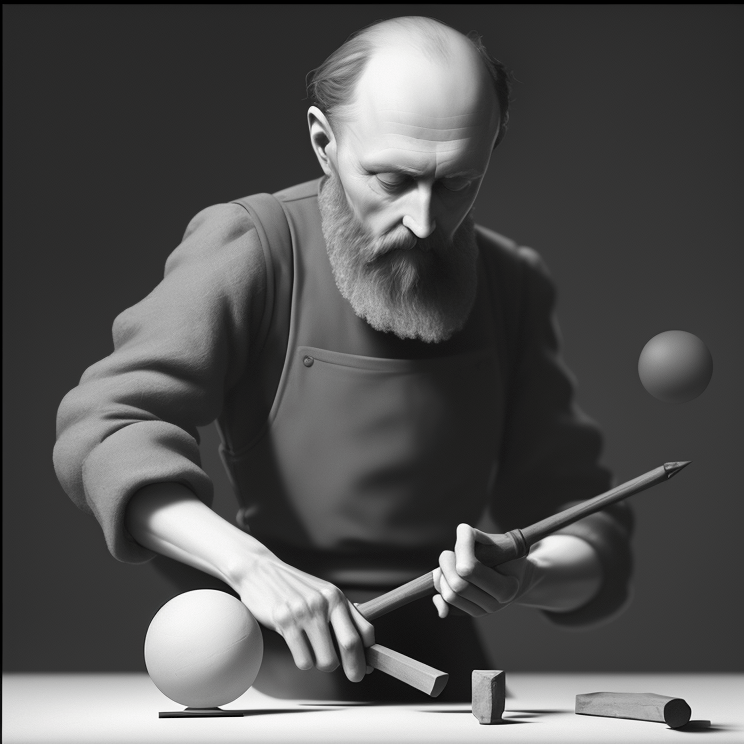1. Unconscious optics
In “The Work of Art in the Age of Mechanical Reproduction” Walter Benjamin develops the notion of “unconscious optics”. He suggests that the film camera captures and presents a space that is not consciously explored by individuals but is instead unconsciously penetrated.
“The act of reaching for a lighter or a spoon is familiar routine, yet we hardly know what really goes on between hand and metal, not to mention how this fluctuates with our moods”.
This example supports Benjamin’s claim that one of the unique qualities of the photographic image (including cinema) is to make us conscious of optical dimensions of life that were previously outside the realms of our daily awareness. Photo-based images use shot values and camera movements to portray the optical unconscious and associate it with certain moods.
I won’t digress too much on this point, but I think it is important to notice how advertising since the second half of the 20th century has used film and photography to map uncharted territories of society’s unconscious optics to sell all sorts of commodities by associating them with feelings of desire and the cultivation of aspirational lifestyles.
But again, this is a slightly different topic. However, I am keeping it on the record, as it can give us some perspective when it comes to seeing the relevance of the concepts I am trying to elaborate on.
2. The logosphere and LLMs
The concept of “logosphere” coined by the Russian philosopher Mikhail Bakhtin refers to the vast network of information that connects people through words. The logosphere, just like the noosphere or the biosphere, is a fundamental aspect of human existence and it has become increasingly important after the digital revolution, as we are including more and more actors –like computers and databases– in our network of language-based knowledge, sympathies and emotions.
The logosphere is a concept that is new to me, but it inevitably makes me wonder about its relation to Large Language Models (LLMs) and their capacity to transform digital flows of data into units of meaning, or semantic prints, as they are also called. Let me sketch a bit more on this hypothesis.
Human history officially starts with the documentation of human culture through books and art. Not all, but a huge amount of these documents have been digitized and used to feed the LLMs that power AI tools such as Chat GPT or Midjourney, to mention just a couple. LLMs accumulate multimodal knowledge, made from documents that contain observations of reality, theories, speculations and fantasies. Through a training process, they establish dynamic relationships between each of these components, producing as a result a vast network of information that reflects different aspects of humanity. In this sense, LLMs are simulations of the logosphere and as such, they could help us bring into consciousness aspects of life we may be unaware of.
3. Sculpting in the logosphere
While cinema is a medium that made society aware of the existence of an “optical unconscious”, art created using LLMs can provide us with optical representations of that uncharted territory where physical culture meets our data culture, namely the logosphere.
With that on the horizon, what is the unique artistic potential of producing images from LLMs? Speaking from the tradition of cinema and photography, I cannot stop but think of Andrey Tarkovsky’s book of essays “Sculpting in Time”. The title refers to cinema’s uniqueness as an art form. Films capture reality, but more specifically what’s unique to the art is its ability to produce one kind of image that no other medium could capture before: images of times.
In Tarkowsky’s words:
“One cannot conceive of a cinematic work with no sense of time passing through the shot, but one can easily imagine a film with no actors, music, decor or even editing”.
And just as cinema cannot avoid dealing with time, images generated from LLM’s always capture a piece of that abstract space where human culture meets data and, through mysterious ways, transform into visual sculptures that resonate with our senses and emotions, as they are made from uncharted fragments, unconscious to us, of that human dimension known as the logosphere.
